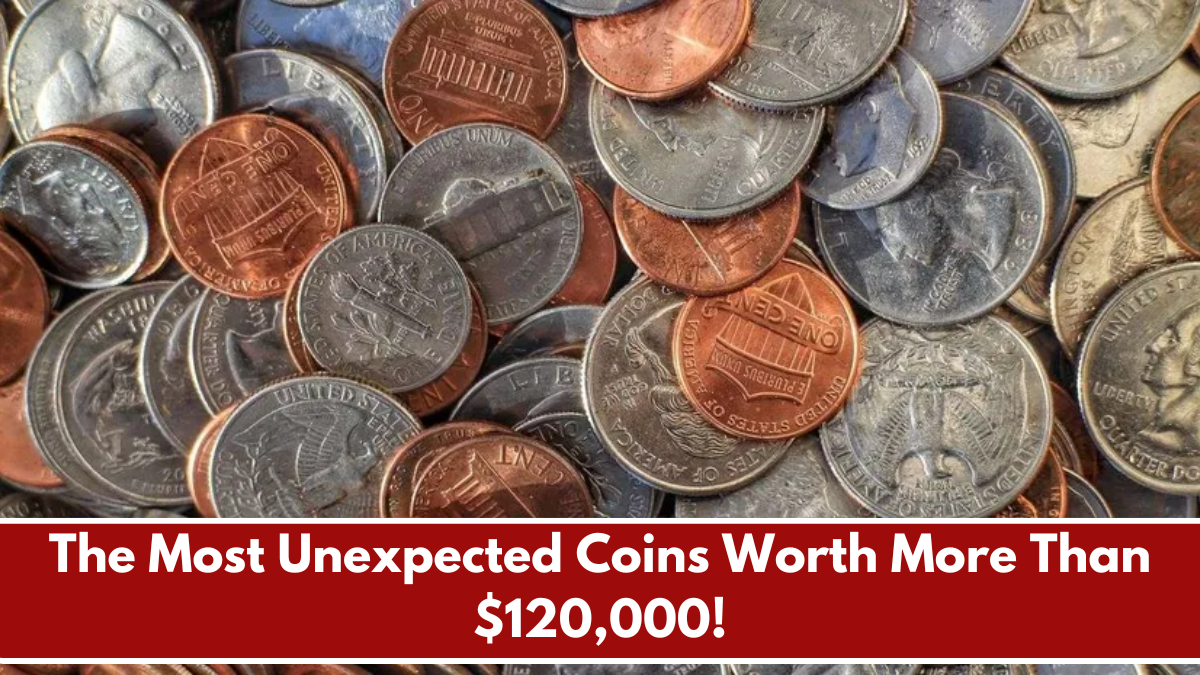Imagine casually sorting through your change jar, only to discover a coin that’s worth over $120,000. Sounds like a dream, right? But for some lucky collectors, it’s a reality. While most coins clink around in wallets and piggy banks, a few unsuspecting pieces are actually hidden treasures—valuable due to rare minting errors, historical quirks, or low production numbers. Today, we’re diving into three of the most unexpected U.S. coins that have stunned collectors and fetched jaw-dropping sums at auction.
1943 Bronze Lincoln Cent
This coin is the holy grail for penny collectors. In 1943, during World War II, the U.S. Mint switched to zinc-coated steel pennies to conserve copper for war supplies. However, a small batch of 1943 Lincoln Cents were mistakenly struck on bronze planchets left over from 1942. These copper-colored errors are exceedingly rare.
Only a few dozen have been discovered, and one even sold for over $120,000 depending on its condition. If you have a 1943 penny that sticks to a magnet, it’s steel—common. But if it doesn’t? You might be holding a fortune.
1972 Double Die Lincoln Cent
At first glance, the 1972 Lincoln Cent looks normal. But under closer inspection, you might spot one of the most famous minting errors: doubling. On the obverse (heads side), you’ll see that the words “IN GOD WE TRUST,” “LIBERTY,” and even the date appear to be shadowed or doubled.
This dramatic error was caused by a misalignment during the minting process, and collectors love it. High-grade examples have sold for up to $126,500, making this common-looking penny one of the most unexpected treasures.
2004-D Wisconsin Extra Leaf Quarter
If you find a 2004-D Wisconsin state quarter, take a close look at the corn husk on the reverse. A rare minting error caused an extra leaf to appear—either “high” or “low” on the left side of the corn. Known as the Extra Leaf High and Extra Leaf Low varieties, these quarters weren’t widely known until collectors started noticing the difference.
Some of these error quarters have fetched more than $140,000 in near-mint condition. With millions of state quarters still in circulation, it’s worth keeping your eyes peeled.
These examples prove that not all treasure lies buried in the ground—some of it jingles in your change. The world of coin collecting is full of surprises, and some of the most valuable coins are hiding in plain sight. Whether it’s an old penny with a rare error or a state quarter with an extra leaf, checking your pocket change might just lead to an unexpected windfall.
FAQ’s:
1. How can I tell if my coin is valuable?
Look for unusual features like minting errors, missing mint marks, or doubled images. Comparing your coin to trusted online guides or having it appraised professionally can confirm its value.
2. Where can I sell a rare coin?
You can sell rare coins through coin dealers, auction houses, or online marketplaces like eBay. Always ensure the buyer is reputable.
3. Are minting error coins always valuable?
Not all mint errors are rare or valuable. Some minor errors are common, but major errors like double dies or wrong planchets can be worth thousands.
4. Should I clean a coin before selling it?
No! Cleaning a coin can actually decrease its value. Collectors prefer coins in their original, unaltered condition—even if they look dirty or tarnished.
5. What’s the best way to store valuable coins?
Use acid-free holders, coin flips, or albums to protect your coins from moisture and handling. For extremely rare pieces, consider professional grading and encapsulation.
